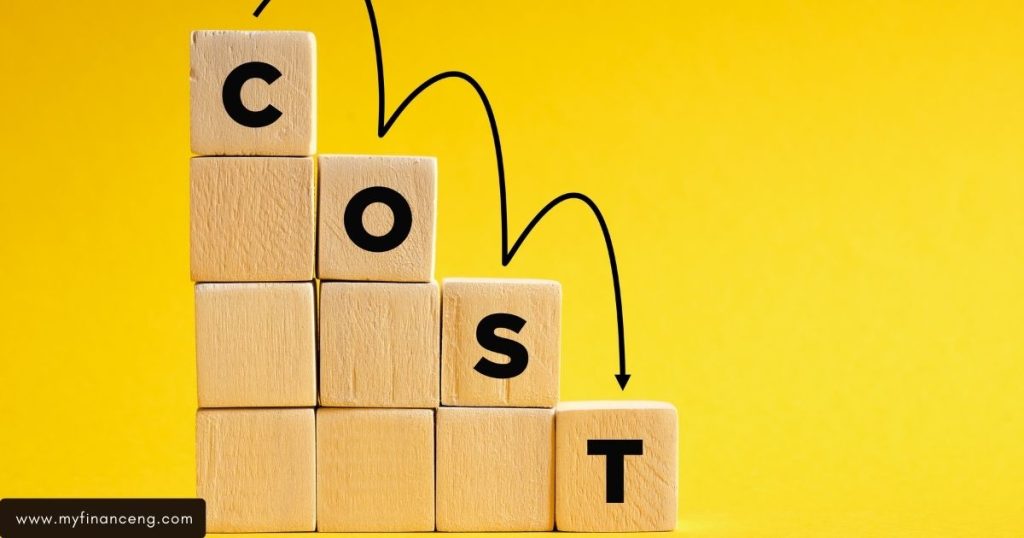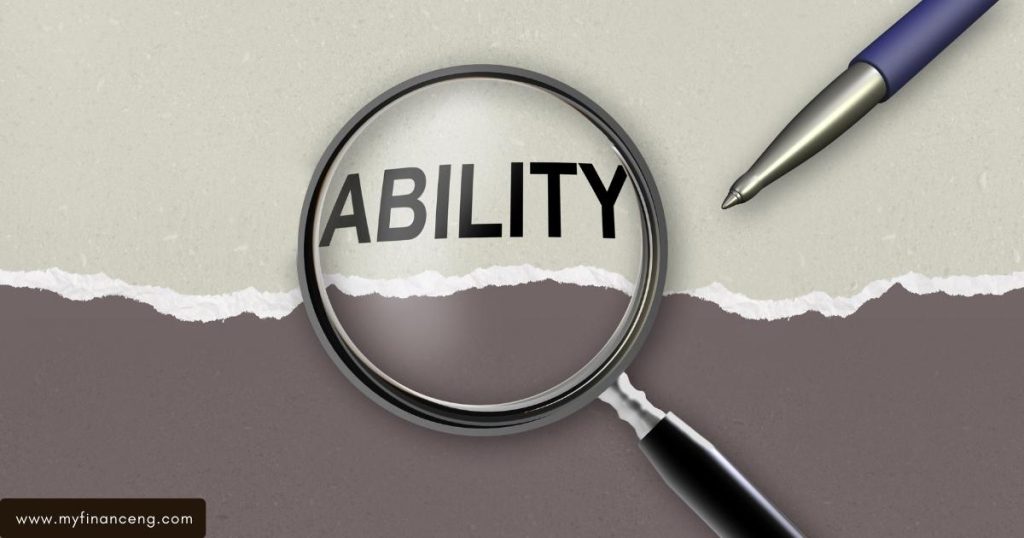Introduction
Learn How Does Zelle Make Money through six key revenue streams, including bank partnerships, transaction fees, and premium services.
What is Zelle?
Zelle is an electronic payment system that enables users to send funds from one bank account to another, typically using only an email address or mobile phone number.
Unlike regular bank transfers, which often take days, Zelle transfers happen almost instantly after the sender initiates them and would, therefore, be turned to for P2P payments, using an application that enjoys widespread use in the U.S.
Modern Payments Zelle
Zelle was introduced in 2017 by Early Warning Services, a network of big U.S. banks that offers transfer services to bank customers.
Its instant payments provide an attractive option to old-fashioned payment methods like checks and cash.
But how does Zelle make money if it offers its primary services to users for free? That’s because of its many revenue streams—a testament to a robust business model.
Zelle’s business model: A quick look behind the curtain
The Core Function of Zelle
At its heart, Zelle is a direct payment network connecting bank accounts to a user’s account, allowing customers to make instantaneous transfers.
Whereas other payment systems, such as PayPal or Venmo, are built around consumer-to-consumer transactions, Zelle’s model is based mainly on partnerships with banks and other financial institutions that it needs to reach consumers. It plugs into banks’ mobile apps, enabling frictionless customer transfers.
Zelle vs. Other Payment Systems
In contrast to legacy payment networks such as credit cards or bank wires, Zelle processes code instantly upon a clearing. That is the money moves between bank accounts within minutes rather than the days of processing for ACH or credit card transactions.
One prime component of Zelle’s business plan is to leverage its bank network, as opposed to handling payments itself.
Source of Revenue 1: Banks and Financial Institutions Partnering with Us
Why Banks Play a Central Role
Most of Zelle’s profits are tied to its myriad relationships with more than 1,000 banks. These are banks — both big and small — that pay fees to belong to the Zelle network, which is helping direct customer engagement and retention.
These banks utilize Zelle in their digital banking apps to provide users with a seamless payment experience.
How Partnerships Are Driving Zelle’s Monetization
For banks, it is a way of offering customers a valuable service that could build loyalty, not to mention shift some valuable traffic to their mobile apps. For Zelle, these deals are about money—collecting setup and annual maintenance fees and getting revenue sharing on the transactions they process.
The more banks come on board, the more transactions Zelle can handle and the more profitable it becomes.
Revenue Stream 2: Transaction Fees and Limits Frequently, there is confusion between tipping, direct donation, and subscription; what should it be called?
Charging Mechanism in P2P Payments
Zelle’s primary service is free for consumers, though it sometimes charges a fee. For example, banks can levy fees on instant transfers or cap the amount of money that can be transferred without fees. Zelle generally does not charge end users for most transactions, although the participating banks might levy fees for premium services.
How Zelle Makes Money Off Banks
Zelle also charges banks for the volume and value of transactions processed through the platform. These are most commonly a percentage of the transaction amount and can be higher for faster payment or larger transactions. The volume of these transactions — and Zelle’s profits — keep increasing as the system grows and more people use it.
Revenue Stream 3: Monetisation of Data

The Price of Privacy in the Digital Age
Data, of course, is a valuable asset, particularly in digital platforms. Zelle users also offer crucial data that can be gleaned from spending habits, transaction histories, and sometimes preferences for financial products. This is valuable information for banks, advertising firms, and others who want to reach specific populations.
How Zelle Gathers and Uses Data
Though Zelle supports user privacy by operating within the framework of existing financial regulations, it nonetheless commands large quantities of transactional data.
Banks and other financial service providers can use this information for marketing, product development, and better-targeting customers. Being able to monetize this data is even more critical for Zelle, as it can only do so indirectly through its banking partners.
Income Stream 4: Premium And Advanced Attributes Upsale
What Are The Premium Features?
In addition to its free service, Zelle provides options, including a higher sending limit (partnering with banks).
These are premium features that offer faster payments, higher sending limits, and more layers of security. Those who want more flexibility and faster service can choose to pay for such premium services, which usually charge fees.
How Zelle Creates More Revenue with Premium Features
Zelle also has a new source of revenue by allowing users to pay for premium features. This paid offering is beautiful to commercial clients, wealthy individuals, and folks with high-recurring, high-volume needs.
Cross-Sell Financial Products as a Revenue Stream
Contributors to Other Products Banks and Their Role
The banks that Zelle partners with are also not mere bystanders — they aggressively pitch other financial products through the platform. Zelle is a rare chance for banks to cross-sell services to their customers using offerings such as credit cards, loans, and investment products.
What Zelle Gets Out of Promoting Financial Products
The platform wins indirectly for every financial product a bank pitches to a Zelle user. Under revenue-sharing agreements with banks, Zelle may get a fee or cut of the sales of such products.
The result is a symbiotic relationship between Zelle and the participating banks, with both sides making money each time a user interacts.
Revenue Stream 3: Data Monetization
Zelle and Third-Party Platform Integration
Zelle’s success depends on its partnerships with banks and its connection to other digital platforms. The service has also grown through partnerships with other mobile apps, business payment systems, and e-commerce platforms.
Ecosystem’s Widened Colossal Money-making Foray into the education market has Agrada, the universe’s leading communications and turnkey marketing company.
The integration of Zelle into third-party platforms is another source of revenue. It can, for instance, charge transaction fees to businesses that use Zelle to receive customer payments.
The more companies that implement Zelle on their platforms, the more transaction volume — and, in turn, more revenue for Zelle and its banking partners.
Zelle’s Cost Structure

Costs of Operating and Maintaining the Service
Zelle makes a lot of money but also has expenses related to running its payment network. These are tech build, customer support, legal, the ability to meet regulatory requirements, and the infrastructure to facilitate real-time transactions. But Zelle doesn’t process the actual transfers, its operating costs are far lower than traditional payment processors.
Comparing the Costs of Zelle to Other Payment Systems
Zelle is cheaper than traditional payment systems such as Visa or Mastercard. There’s no centralized clearinghouse or physical infrastructure; the platform depends on bank partners to validate transactions.
This operating efficiency enables Zelle to be highly profitable, even while providing services at relatively low or no direct cost to consumers.
Zelle User Experience and Retention
Easy-to-Use Interface=Tool for Expansion
Zelle’s user-friendly design promises that users won’t get used to its service for long. It’s been a favorite of those who want an easy way to send money using an email address or phone number. It means Zelle is more focused on the user experience to drive adoption and repeat use.
Impact of Retention on Revenue
The more people spend using Zelle, the more money it earns from its banking partners and premium services. Having your customers coming back and using the service is also essential. Zelle’s focus on ease of use and frequent updates have fostered a steady user base.
Zelle’s Killer Feature
Speed and Efficiency of Digital Payments
Its real-time transaction feature is one of the few stand-out rivals in the digital payments arena. Unlike most other services where transfers take a few days to process, with Zelle, the senders receive an instant payment confirmation, which can appeal to customers seeking immediate transactions.
How Zelle Is Beating Venmo at Its Own Game
In a market dominated by Victnmo and PayPal, Zelle sets itself apart with its direct connection to users’ bank accounts, removing the middlemen. This is not only cost-effective but also more secure. Zelle’s absence of fees on most transactions is also a selling point that entices users away from its rivals.
Zelle’s Difficulties With Monetization
The Challenge of P2P Transactions
Though Zelle draws from a large base of users, it’s a more challenging task to monetize peer-to-peer payments. There is also no service fee for individual transactions, and the transaction volume can generally be small and profits low.
This is a problem for Zelle as it tries to scale its revenues without relying solely on its banking partners.
Compounding with Cheaper Options
Zelle’s primary source of competition is rival players with lower or no fees. Venmo, for example, provides a free standard service and levies fees only in some instances, like rushing a transfer. “Zelle does need to innovate all of the time to be competitive yet profitable.
The Future Of Zelle’s Ability To Monetize

Expected Shifts in Zelle Revenue Structure
Zelle will probably need to look at other ways to make money as digital payments rise. For instance, it could enhance its premium offerings, raise the cost of some services, or grow integrations with outside platforms.
Zelle has the opportunity to have varied revenue streams and not be a casualty of a price war — the one where quarterly losses aren’t sustainable in the long term and can only be sustained by taking out competitors.
What Zelle’s Growth Tells Us Next
Down the road, Zelle could expand overseas or make its system more business-friendly. Zelle will reasonably test new models as they develop over time to profit from the expanding digital payment environment.
Conclusion
The Longevity of Zelle’s Business Model
Zelle’s ability to drive revenue across multiple levers like bank partnerships, transaction fees, data monetization, and premium services aligns well with continued profitability. While peer-to-peer transactions are challenging, its strong business model will make it a big player in digital payments.
Last Thoughts On Zelle’s Future In The Payments Landscape
Despite the challenges of creating a new system with new standards, Zelle has quickly become an integral tool in the new age of sending and receiving money, boasting an ever-growing community of users and partners.
As payments increasingly become digital, Zelle’s priority on speed, safety, and ease of use will enable it to succeed in the crowded fintech space.

